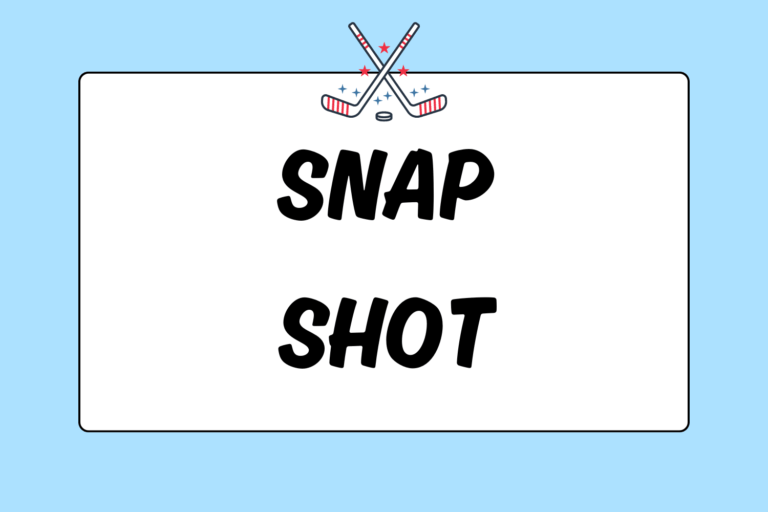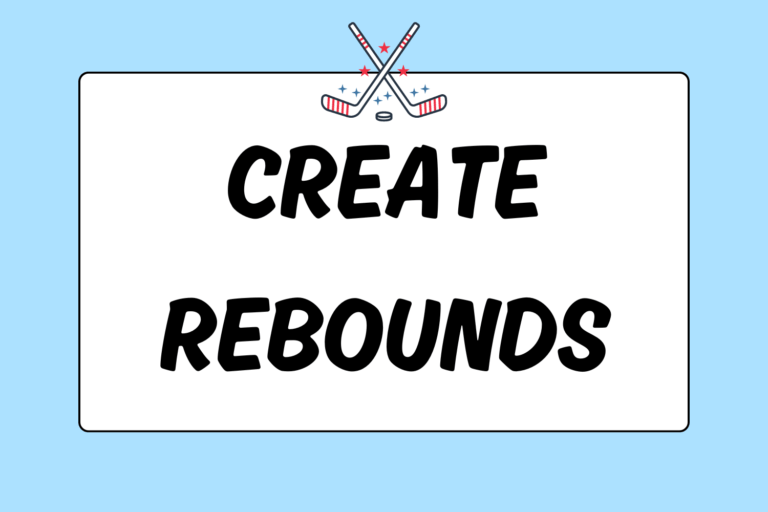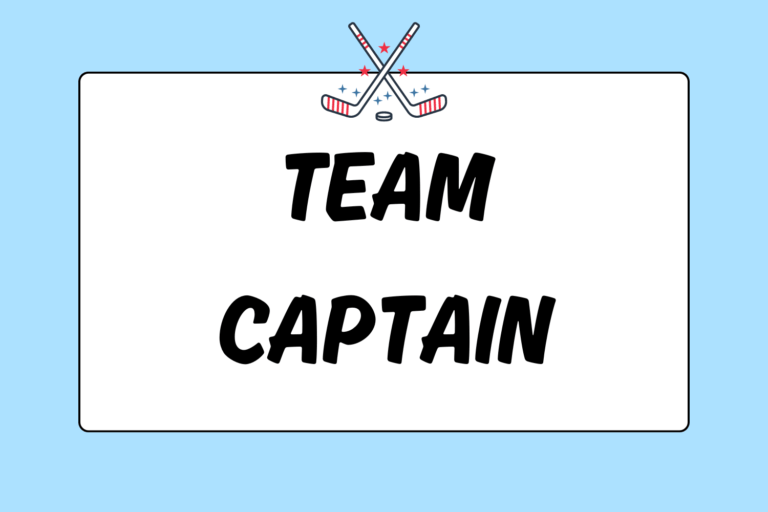Skate sharpening is an interesting aspect of ice hockey. Throughout a career, a hockey player will sharpen his skates hundreds of times. However, most players never actually do the sharpening themselves, making the whole process confusing to the average player.
This guide explains skate-sharpening physics and terminology. Researching how your skates are sharpened will help you customize your blades to your needs, making you a better skater and more knowledgeable player.
Blade Edges
Everyone knows that hockey skates are equipped with a blade on the bottom that makes the whole game possible. What some folks might not realize, however, is that each skate blade actually has two edges.
Hockey skates are sharpened with round-edged grinding wheels. Skates are sharpened by grinding out a semi-circle “hollow” in the blade. This process actually leaves the blade with two sharp outer edges, and a hollow space between. For more information about the two edges of a hockey skate, read our guide Learning How to Ice Skate for Hockey.
Radius of Blade Hollow
Skate-blade sharpness is measured by the thickness of the round-edged grinding wheel used to make the hollow. Since blade thickness is almost universally about 1/8 inch, the radius of the rounded-edged wheel can be an accurate measurement for sharpness among all different skate manufacturers.
This measurement is called the “blade hollow,” the “radius of hollow,” or the “grind hollow.” The radius of a standard hollow is usually a half inch. Since a grinding wheel with a larger radius etches out less of a hollow, it leaves the blade with less-pronounced edges, making it less “sharp.” Conversely, a wheel with a small radius increases the “sharpness” of the blade. While the standard radius of hollow is a half inch, the range that hockey players use is anywhere from 3/16 inch to two inches.
The half-inch standard is likely what you will get if you drop your skates off at a pro shop without specifying how sharp you want them. This standard is also the most common radius of hollow among National Hockey League players. A half-inch radius — or sometimes 5/8 inch — works for the vast majority of hockey players. If you’re new to hockey, start with one of these measurements.
Finding a Hollow
It’s recommended that regular skaters start out with either a half- or 5/8-inch hollow, and then slowly move up or down according to their needs. As stated earlier, going to a smaller radius of hollow will make the skate sharper, and thus have more “bite” as it grips the ice deeper. The skates will have less bite as the radius of hollow increases. Heavier players generally need more bite than lightweight skaters.
Goalie Radius of Hollow
Since goalies don’t need to grip the ice as sturdily as other skaters to create a powerful stride, their standard radius of hollow is ¾ inch (instead of a half inch). Goalies need to be able to grip the ice, but also shuffle and slide from side to side.
A ¾-inch hollow is a good starting position for goalies, but they, too, should feel free to adjust accordingly. Goalies should be mindful of how many times they sharpen their skates, as it’s much more difficult to replace a goalie skate blade.
Sharpening Frequency
You should sharpen your skates as much, or as little, as you feel comfortable. A general rule of thumb, however, is to sharpen them every 10-15 hours on the ice. Remember, the lifespan of your skate blade decreases when you frequently sharpen them.
Goalies should sharpen their skates less frequently than players. Since goalie blades are permanently attached to the cowling of the skate, they cannot replace the metal blade by itself. When the metal runner on a goalie blade is completely sharpened away, the skate (or cowling) will need to be replaced. Frequent sharpening can be quite costly for goalies!
Mental Edge
Often, freshly-sharpened skates have too much bite, but those with an hour or two of use feel much more comfortable. Aside from getting random nicks and burrs, your skate blades will dull at a uniform rate. After a sharpening, pay attention to how many skating sessions it takes for you to feel comfortable on your skates. Plan your skate sharpening around your practice schedule, so they’ll feel perfect for your next game.
Get to the Grind
The key to finding your perfect radius of hollow is to adjust slowly. Start at a half inch —3/4 inch if you’re a goalie — and if you think you need more (or less) bite, adjust slowly from there. You should sharpen your skates whenever necessary — if you feel strong and comfortable on your skates, they likely don’t need to be sharpened. However, waiting too long to sharpen your skate will make you more likely to losing an edge.
When your skates are perfect, you shouldn’t notice them. When this is the case, you’ll be able to worry about more important issues, such as actually playing the game!





